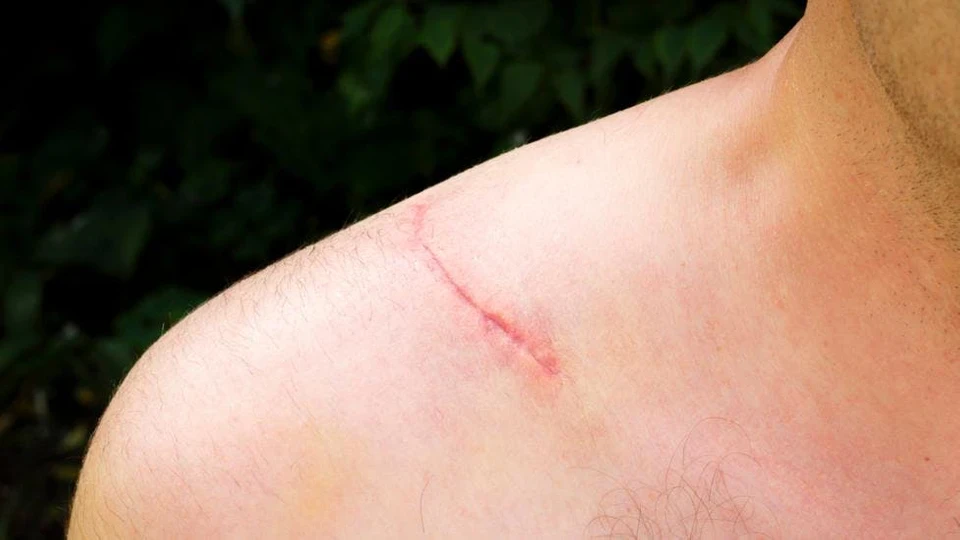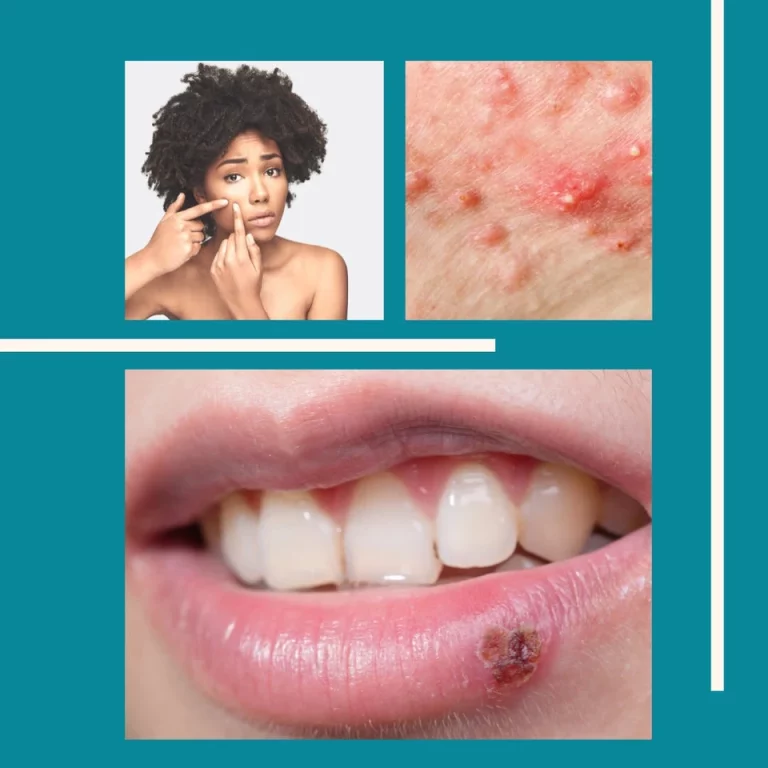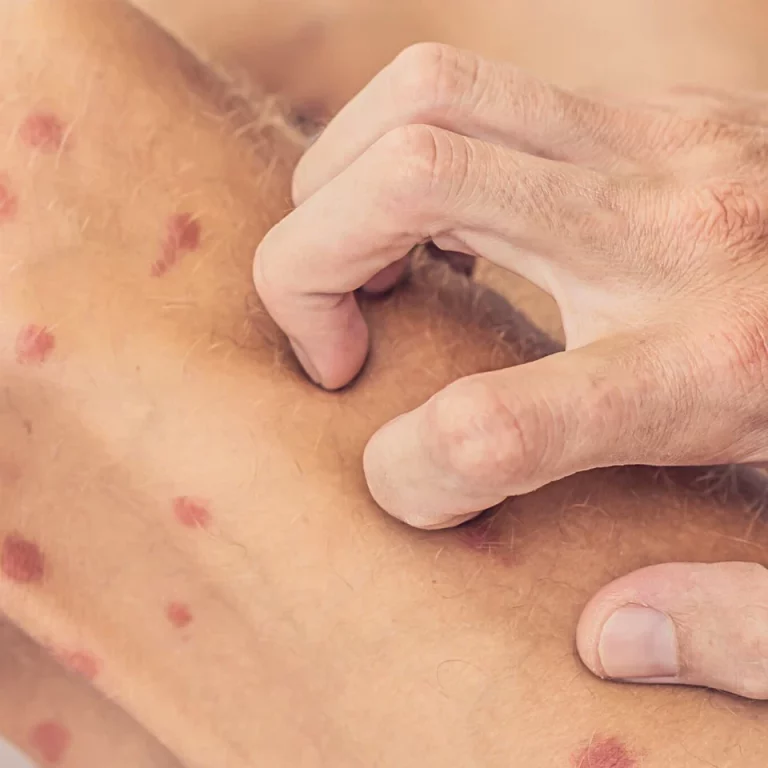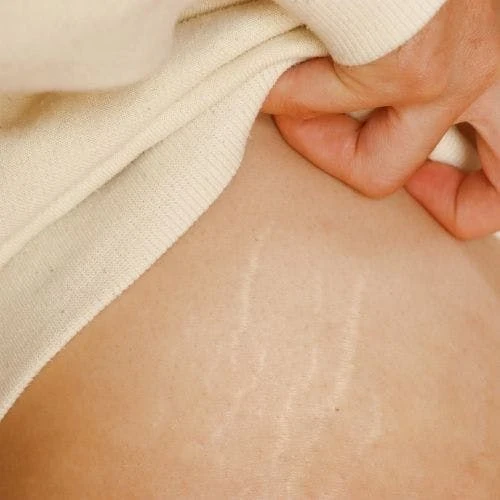Skin Care: How Long for Scars to Fade
Tumbling off a bike, surgery, acne, or burn will all leave scaring. In fact, each of these scars presents itself differently. How long for scars to fade depends on a number of factors.
First, we need to discuss what a scar is and how it forms. When there is a break in the skin, it is perceived as a likely target for infection.
How Long for Scars to Fade: Treatment Options
The body immediately starts to produce collagen to close up the gap. Over time, that collagen will remain, so the scarred area will never be pristine again. Small abrasions will probably never be noticeable, but the remnants of surgeries can be more visible.
Areas of the body that are muscular will scar more deeply than those areas with thin skin like around the eyes. Also, some people are simply predisposed to replacing scarred skin with smooth.
While they may never completely go away, the appearance of scars can certainly be diminished.
To help aid this process, it is important that you stay away and protect yourself from ultraviolet (UV) rays. A scar is more likely to become sunburned and when that happens it will appear more prominent and often with a brownish tinge.
Major elements toward scar recovery is maximum blood supply and oxygen. If you are a smoker, you will be depriving the body of both.
Related: Sun Spot Removal: The Helpful Methods to Try
There are some over-the-counter creams that help reduce the excess collagen and help. Mederma is probably one of the most well known.
The process is to gently rub the scar repairing cream over the scar about twice a day. The combination of the ingredients in the cream and the gentle massage will help the collagen remain smooth and soft. Less thickening of this collagen will help diminish the visual appearance of your scar.
Particularly dreadful scars can be treated by a dermatologist. Using a pulsed dye laser, the doctor will treat the area to reduce the redness and encourage the production of normal collagen instead of scar collagen.
Another laser treatment is the use of a Fraxel laser. This is used for an indented scar like the remainder of a surgical procedure.
To reduce the appearance of scars:
- Keep the area clean. Change the bandage daily. Use a nonstick covering; gauze has a tendency to leave fibers in the wound.
- For minor scrapes, keep the area moist with petroleum jelly to prevent a scab. Scabs will take longer to heal.
- Anti-bacterial ointments or sprays are not necessary if you keep the area clean.
- For serious injuries like those with stitches or from surgeries, follow the physician’s instructions on care and when to have stitches removed.
- Use a broad-spectrum sunscreen of at least SPF 30.
The initial phase of healing will take place within the first twelve hours and will last less than a week. The bottom line is a scar will take from a few months to two years to fade. A lot will depend upon the cause of the scar, its severity, hygiene, and treatment.
If you have specific questions consult with a qualified dermatologist.
We discuss products we think are useful to people. If you buy something through our links, we may earn a commission. Remember to check with your personal physician to see if a product recommended is right for you.








